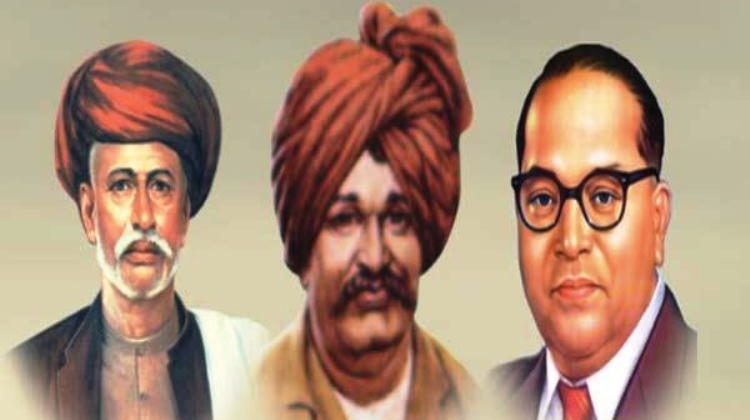
Sidnag – The Grandfather of Bahujan Revolution
The violence perpetrated during the celebration of Bhima Koregaon by the Brahminical Hindutva forces must be contextualised in the larger contemporary political scene of India. First of all, it should be understood that the battle of Bhima Koregaon was decisive for the future evolution of the Bahujan movement. If it had not been for the battle of Bhima Koregaon, the oppressed Indians would have languished in the perpetual social degradation.
When the Marathas were ruling a significant part of India after the social, political, cultural revolution of Shivaji Maharaj, the society was equal. The great Maharaja never discriminated on the basis of caste and religion. On the contrary, the arrogant Brahmins disrespected Maharaja as evident from so many historical sources.
The Maratha is not the name of the caste, it is a linguistic identity which is not equated with a social class. The word Maratha emerged after the language that the majority of the people in the kingdom of Maharaja spoke. The Marathas included not only the kunbis, but also Mahars, dhangars, matangs, and most of the castes of the Bahujan Samaj. The Marathas ruled in many parts of India from central India to East India: Gwalior, Kolhapur, Nagpur, Baroda were some of the kingdoms of the Marathas.
However, through the political machinations, the Brahmins took charge of the Pune kingdom and ruled on the basis of manusmriti. The great son of Shivaji, Sambhaji, was killed according to the diction of Manu: that the Shudras cannot read, write, or hear the Sanskrit texts. When Sambhaji Maharaja was thus killed, it was the Mahar soldier in Vadu who collected Sambhaji’s mortal remains and gave it an honourable funeral. That is the reason why the Brahminical forces vandalised the tomb of Gaikwad.
It was Sidnag who avenged the insults perpetuated to the Marathas and the Mahars by destroying the Peshva regime, which was the casteist and Brahminical regime at its core. If it had not been for Sidnag and the victory in the battle of Bhima Koregaon, there would be no Mahatma Phule. Famously, his father told Jotiba that had it not been for the victory of the British and the defeat of the casteist Brahmin Peshvas, he would have been reduced to a plaything of the Brahmins. While warning young Jotiba not to go against the Brahmins which would invite the wraths of Brahmins, he described graphically that Brahmin Peshvas would have slayed Jotiba’s head and played “ball and stick game” with his head as a ball and their swords as the sticks. As this was the punishment meted out to Kunbis, Telis, and Malis according to the Brahminical Smritis and Shashtras. Thanks to the battle of Bhima Koregaon that the great Mahatma Jotiba Phule emerged. If Jotiba had not emerged, Bhimba would not have emerged and the Bahujan Samaj would still be ruled by the inhuman Brahminical Peshvas.
The battle of Bhima Koregaon is the successful war for the social and political emancipation of the Bahujans that includes the Marathas and the other castes. Therefore the architects of the Bhima Koregaon victory are the founders of the ongoing battle between the 85 percent Bahujans and 15 percent Brahmins and their mean upper castes counterparts. There is a historical trajectory that must be understood in this context.
The present scene is important as the ex-untouchables all over India are asserting and the symbol of their assertion is the Bhima Koregaon. Just a handful of united people defeated the larger body of inhuman oppressors. The history of Bhima Koregaon gives them such a confidence that they could easily come out of the manufactured inferiority imposed on them by the Brahminical media and system.
The Bahujans led by the Mahar-Nags could do it once and they can do it again, but this time the paradigm is changed. The battleground is now shifted to the fight for democracy and the democratisation of the Indian society. The Peshvas have taken the mask of RSS/BJP, and the descendants of Sidnag are mobilising against the mighty media, Hitlerian rule, and Bania capitalism. The only way is to fight the battle, but this time, the battle will be fought on many fronts and the mobilisation all over India is an indication of things to come.
It is the time that the descendants of Sidnag should be ready to sacrifice everything for the self-respect, their dignity, and reclamation of their personality.
Jai Shivaji, Jai Sidnag, Jai Jotiba, Jai Savitri, Jai Bhim!
Author – Mangesh Dahiwale, Human Rights Activist



This story of Dalit struggle is heart touching . It shows that these oppressed people can come up and face the world with pride . It is pride which is important